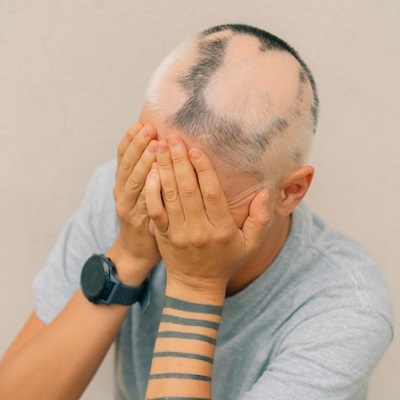 Hair transplant is one of the most effective hair restoration treatments. Now with the advancements, a new technique is being used by doctors called FUE( follicular unit extraction) in which a single hair unit is taken from the donor site and is then transplanted to the bald area. Most people wonder, Is FUE hair transplant risky? The answer is no, though it has temporary side effects, but with proper aftercare, you can avoid them or cure them.
Hair transplant is one of the most effective hair restoration treatments. Now with the advancements, a new technique is being used by doctors called FUE( follicular unit extraction) in which a single hair unit is taken from the donor site and is then transplanted to the bald area. Most people wonder, Is FUE hair transplant risky? The answer is no, though it has temporary side effects, but with proper aftercare, you can avoid them or cure them.
Read this detailed guide to learn in detail about FUE hair transplant.
What is a FUE Hair Transplant?
It is a new hair transplantation technique in which a single hair follicle is extracted and transplanted onto the area of treatment. This type is minimally invasive with less downtime and maximum results.
- Minimally invasive (no stitches or scalpel)
- Results in small dot-like scarring instead of a linear scar
- Heals quicker and with less pain than traditional methods
- FUE is preferred by the majority because it’s more technology-based, less painful, and results in a natural hairline if performed by a skilled surgeon.
Is FUE Hair Transplant Risky?
FUE is risk-free and low-risk if performed by experts in an accredited facility. Risks heighten if performed by unprofessional surgeons or in dirty facilities.
What Makes FUE a Safe Choice
- No big surgery or cuts
- Local anesthesia, not general
- Fast recovery (usually 7–10 days)
- Minimum scarring and risk
Still, no surgery is 100% risk-free.
Possible Side Effects and Risks of FUE Hair Transplant
Let’s be realistic, even though FUE is safe, you may have some temporary side effects, especially in the healing phase.
- Swelling
You can have swelling in the eyes or forehead for 2–3 days.
Sleeping upright and using a cold compress will help.
- Itching or Redness
The recipient and donor sites can be itchy.
This will subside within a few days.
- Scabbing
Small scabs on each graft; they naturally come off in a week.
- Shock Loss
Some temporary hair loss can occur 2–3 weeks following the procedure.
This is normal; new hair begins to grow after 3 months.
- Infection (Uncommon)
Infections occur if the equipment isn’t sterilized or aftercare is neglected.
This is extremely uncommon in licensed clinics.
- Scarring
Although rare, people with sensitive skin or certain conditions can develop small white marks.
How to Avoid FUE Hair Transplant Risks
To be safe and achieve the best results, follow these proven steps:
1. Choose the Right Clinic
- Select a licensed, reputable clinic with good reviews and certified surgeons.
- Ask for before-and-after photos of previous clients.
2. Follow Pre-Surgery Instructions
- Stop smoking and drinking alcohol.
- Do not take blood-thinning medicines (after consulting a doctor).
3. Follow Aftercare Carefully
- Keep your scalp dry and clean.
- Avoid scratching and picking the grafts.
Sleep with your head elevated for the first few days.
4. Avoid Physical Exercise
- No heavy exercise or sweating for at least 10 days.
Who Is Not a Good Candidate for FUE?
- FUE is not suitable for everyone. You are more likely to be at risk if:
- You have poor donor hair (too little healthy hair at the back)
- You have severe medical conditions (e.g, uncontrolled diabetes, blood clotting disorders)
- You have alopecia areata or scalp infections
- You’re under 25, and balding continues to increase dramatically
If any of these apply to you, a consultation will determine if you are suitable.
How long does it take to recover from FUE?
- Most people return to normal life in 2–5 days.
- The scalp takes 10–14 days to recover fully.
- Hair starts growing after 3–4 months, with best results in 9–12 months.
Is FUE Hair Transplant Permanent?
Yes, FUE also leaves permanent results, since the hair that is transplanted is obtained from areas resistant to falling. However, if you continue losing hair in untreated areas, you can get touch-up procedures later.
Why Choose Royal Hair Transplant Islamabad for FUE?
At Royal Hair Transplant Islamabad, we care about your outcomes, satisfaction, and safety. Here’s why our patients choose us:
- Board-certified hair transplant physicians
- Advanced FUE technology
- Clean operating room
- Personalized treatment plans
- Transparent pricing without surprise expenses
We also advise you to pre-, intra-, and post your transplant to make it risk-free and smooth.
Conclusion
Yes, if you’re in good physical health, realistic about results, and choose an experienced clinic, FUE is a safe and efficient way to regain your hair and confidence. The risks are low and are well-manageable, especially if treated by expert hands like those of Royal Hair Transplant Islamabad.
Schedule your consultation today with our hair transplant expert, Dr. Shahnaz Muazzam.


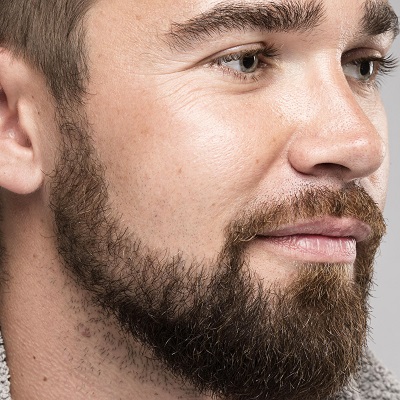
 If you’re considering a beard hair transplant in Islamabad or elsewhere, you’re probably asking yourself: How likely is it to be successful? The better news? Beard hair transplants are very successful, typically between 90% to 95% if performed by a qualified surgeon. That is to say that most of the hairs implanted will grow naturally and permanently. Our patients at
If you’re considering a beard hair transplant in Islamabad or elsewhere, you’re probably asking yourself: How likely is it to be successful? The better news? Beard hair transplants are very successful, typically between 90% to 95% if performed by a qualified surgeon. That is to say that most of the hairs implanted will grow naturally and permanently. Our patients at 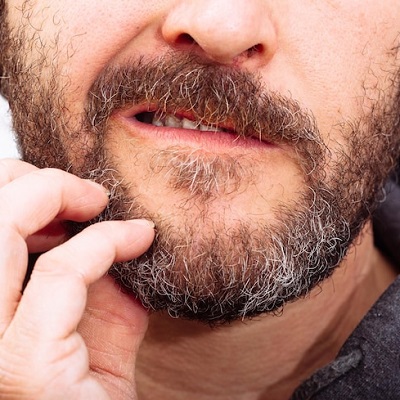
 Struggling with hair loss or dense or patchy beard and have been looking for “
Struggling with hair loss or dense or patchy beard and have been looking for “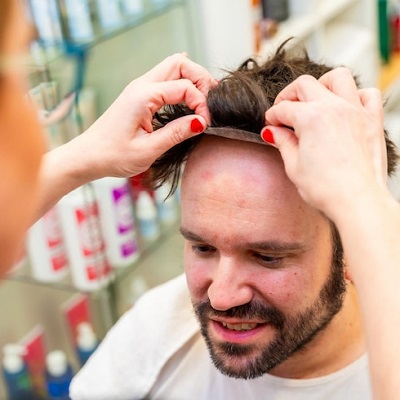
 Follicular Unit Transplantation, or FUT, is a well-known technique of permanent hair restoration. The success rate for
Follicular Unit Transplantation, or FUT, is a well-known technique of permanent hair restoration. The success rate for 
 Hair transplant is one of the best hair regrowth treatments, but it has a long recovery period. With the help of modern science,
Hair transplant is one of the best hair regrowth treatments, but it has a long recovery period. With the help of modern science, 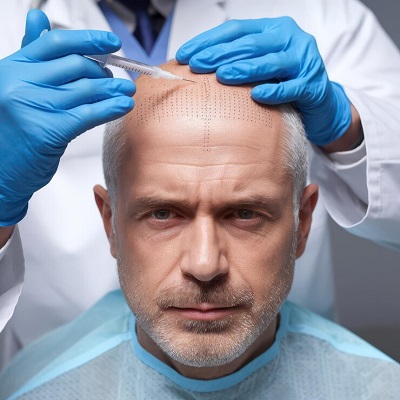
 Have you observed a widening bald spot on the lower back of your head and are puzzled whether a hair transplant can repair it? You’re now not alone.
Have you observed a widening bald spot on the lower back of your head and are puzzled whether a hair transplant can repair it? You’re now not alone. 
 Hair loss is a very common issue nowadays, but not everyone wants to go for a surgical solution like a hair transplant due to their long recovery period and high costs. In those cases non non-surgical options like scalp micropigmentation are best. But the question is,
Hair loss is a very common issue nowadays, but not everyone wants to go for a surgical solution like a hair transplant due to their long recovery period and high costs. In those cases non non-surgical options like scalp micropigmentation are best. But the question is, 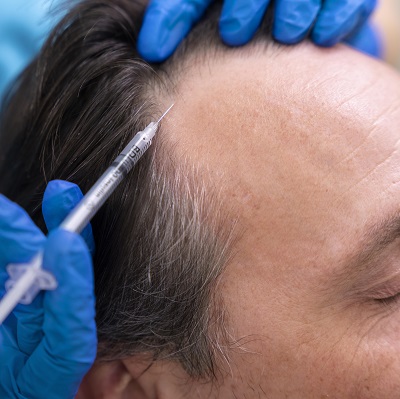
 If you have hair PRP for hair restoration, then you must be thinking about several things, what you can do and what you cannot. One of the most asked questions after PRP is “Can I comb my Hair after PRP?” That’s a good thing to ask, as aftercare is very important.
If you have hair PRP for hair restoration, then you must be thinking about several things, what you can do and what you cannot. One of the most asked questions after PRP is “Can I comb my Hair after PRP?” That’s a good thing to ask, as aftercare is very important.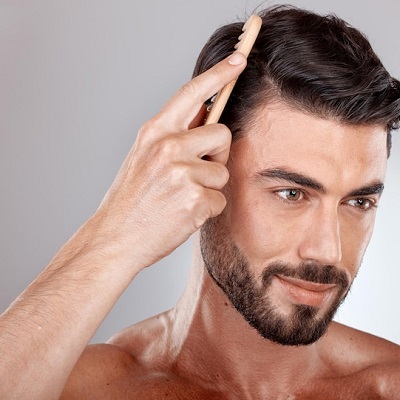
 Hair transplant is one of the best solutions for hair loss, but most people worry,
Hair transplant is one of the best solutions for hair loss, but most people worry,
 The most affected area of hair fall is the crown. Most of the victims are opting for a hair transplant.
The most affected area of hair fall is the crown. Most of the victims are opting for a hair transplant.